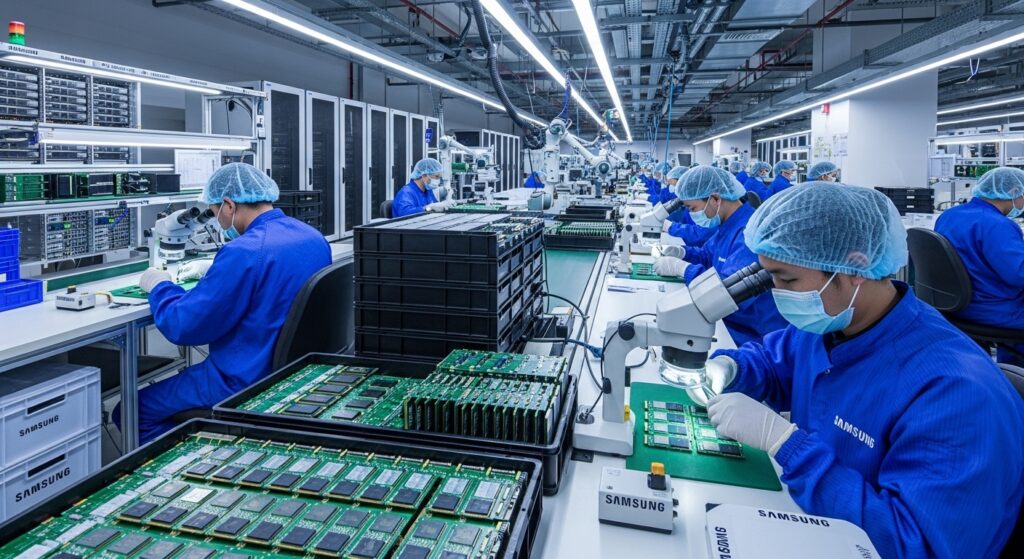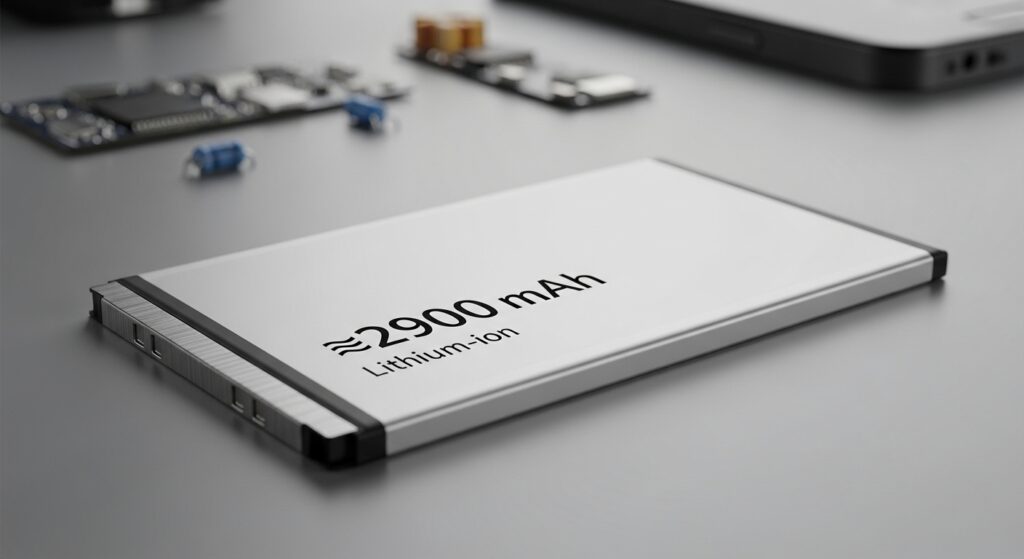Samsung Electronics reported a 55% drop in second‑quarter operating profit, signaling a heavy hit to its semiconductor division—while its smartphones continued to perform strongly in a challenging economic environment. According to Reuters, the semiconductor unit saw a staggering 94% year-over-year profit decline, overtaking the chip slump as the story of the quarter.
Financial Summary & Earnings Breakdown
- Samsung’s overall operating profit for Q2 2025 was approximately 4.7 trillion won ($3.37 billion)—down 55% from the previous year.
- Revenue held steady at about 74.6 trillion won—a slight 0.7% year-on-year increase.
- The company’s semiconductor division suffered sharp losses, delivering only 400 billion won in profit, down from 6.5 trillion won in Q2 2024.
(Source: Reuters)
What Caused the Chip Collapse?
The decline was largely driven by U.S. export restrictions on advanced AI chips to China—Samsung’s key overseas market—and delays in high-bandwidth memory (HBM) chip shipments to major clients like NVIDIA. As noted in the Reuters analysis, ongoing inventory write-downs and trade tensions intensified the downturn.
Analysts also flagged that Samsung lagged behind rivals such as SK Hynix and Micron, who captured most demand in the AI HBM space thanks to better delivery timelines and stronger customer relationships.
How Smartphones Kept Samsung Afloat
Strong performance in Samsung’s mobile device division helped buffer overall numbers. Flagship sales of the Galaxy S25 series and AI-enhanced consumer products provided stability at a time when semiconductor earnings plummeted.
A company statement reported that smartphone revenue contributed significantly to the company’s steady total revenue—a welcome contrast to the troubling chip results. (Source: TelecomLead/Reuters summary)
Silver Linings & Forward Outlook
- Samsung announced a 3.9 trillion won (~$2.85B) share buyback as part of a broader 10 trillion won repurchase program to boost investor confidence.
- An important $16.5 billion chip supply deal with Tesla may help compensate by allocating foundry capacity and signifying confidence in Samsung’s fabrication capabilities. According to a FT report, this partnership is a pivotal test for Samsung’s foundry strategy.
- Samsung projected that chip profit may gradually improve in H2 2025 as memory chip prices recover and HBM4 ramps up. (Source: Reuters)
Why It Matters
This quarter highlights Samsung’s vulnerability in AI-driven chip demand, especially where geopolitical friction limits sales. But it also shows how diversified revenue—from phones and consumer devices—can provide resilience. The Tesla deal might open the door to renewed foundry relevance and global traction.


